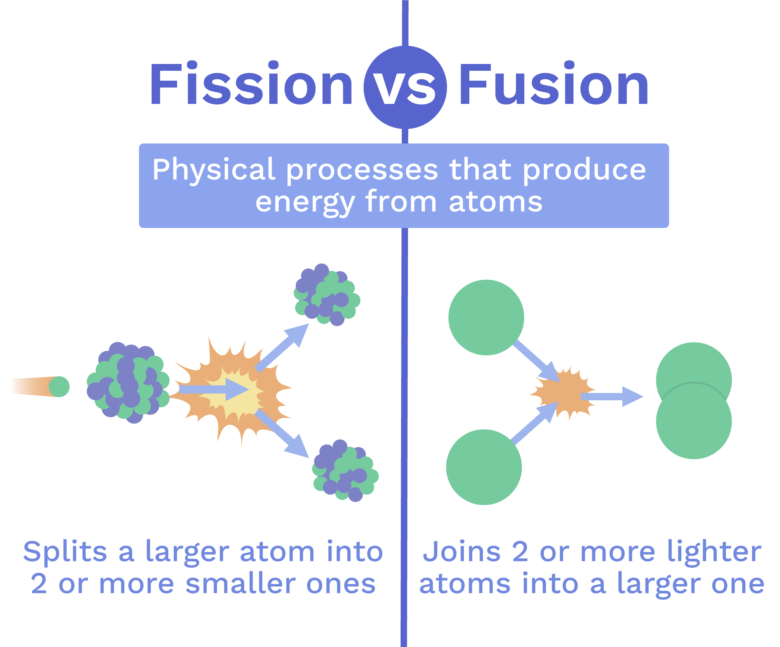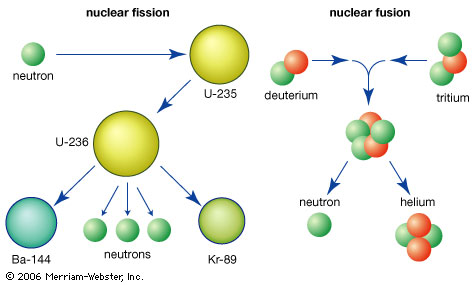

Nuclear fusion power could be a reality in 10 to 15 yearsĪn alternative laser fusion method being developed by scientists including Emeritus Professor Heinrich Hora of the Department of Theoretical Physics at the University of New South Wales, uses normal hydrogen protons and the commonly found element boron 11. Last week, physicists at the stellarator announced they had created a hydrogen plasma using two megawatts of microwave radiation to heat hydrogen gas to 80 million degrees Celsius for a quarter of a second.Īt the same time, scientists in China said they had achieved temperatures of 50 million degrees Celsius (three times hotter than the core of the Sun) for 102 seconds at their experimental tokamak fusion reactor called the Experimental Advanced Superconducting Tokamak (EAST). This uses a twisting ring design with changes in geometry and differing magnetic fields to control the plasma for longer periods of time compared to the short bursts tokamaks achieve. In the meantime, physicists in Germany are using a variant of the tokamak, known as the Wendelstein 7-X stellarator. It is currently being built in the south of France, but with the first fusion experiments scheduled for 2027 it will be some time before we know if that goal has been reached. The ITER is designed to produce 10 times as much energy as it takes to run, becoming the first ever net energy producing fusion reactor. Over 200 experimental tokamaks have been built worldwide, but to date they have all consumed more energy than they produce.Ī massive international tokamak project - the International Thermonuclear Experimental Reactor (ITER) - aims to turn that situation around. The heat generated can be used to turn water into steam that spins turbines, producing electricity. Magnets confine the charged plasma to an extremely small area within the ring, maximising the chance that the superheated ions will fuse together and give off energy. These isotopes are heated to 100 million degrees Celsius by powerful electric currents within the ring.Īt these extreme temperatures electrons are ripped off their atoms, forming a charged plasma of hydrogen ions.Īn artist's impression of a cutaway view of the ITER tokamak fusion reactor in operation. Deuterium differs in that the nucleus also contains a neutron, and tritium has a proton and two neutrons in its nucleus. Normal hydrogen - which is also known as protium - consists of a single proton in its nucleus orbited by an electron.

Tokamak reactors use a doughnut-shaped ring to house heavy and super-heavy isotopes of hydrogen, known as deuterium and tritium. Separate groups of scientists in Germany and China have recently announced they have made breakthroughs in nuclear fusion using tokamak reactors. Nuclear fusion happens readily in stars like the Sun, because their cores reach extreme temperatures of over 15 million degrees Celsius, and pressures billions of times greater than our atmospheric pressure on Earth.įusion reactors would need to recreate these extreme conditions on Earth, and researchers are using two different approaches to achieve this: tokamak reactors and laser fusion. But unlike fission, this radioactive waste is short-lived, quickly decaying to undetectable levels. It involves smashing hydrogen atoms together under extraordinary temperature and pressure, fusing them together to form helium atoms and releasing a large amount of energy and radioactive waste. Nuclear fusion is the reaction that powers the Sun. These existing plants all rely on nuclear fission - a chain reaction where uranium atoms are split to release extraordinary amounts of energy and, unfortunately, high levels of radioactive waste.īut a different type of nuclear reaction - nuclear fusion - has been the focus of research to develop nuclear power without the radioactive waste problem. More than 10 per cent of the world's electricity currently comes from nuclear power plants. But how close are we to having nuclear plants that fit the clean, green bill? What are the different technologies and what do they offer?

Clean, cheap nuclear energy is often touted as a means to battle climate change.


 0 kommentar(er)
0 kommentar(er)
